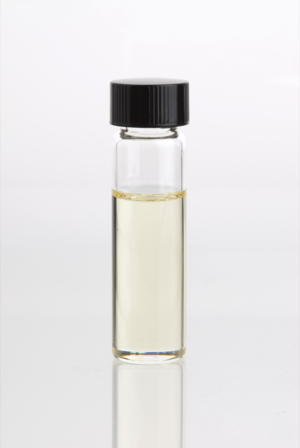Dill oil facts for kids
Dill oil is a special type of essential oil that comes from the dill plant. Essential oils are strong, natural oils that capture the scent and flavor of a plant. You can get dill oil from the plant's seeds or from its green leaves and stems, which are sometimes called dillweed. The dill plant, known scientifically as Anethum graveolens, is a yearly herb that belongs to the celery family. It's the only plant in its group, called Anethum.
Where Does Dill Come From?
Dill, also known as Indian Dill, first grew in Southwest Asia. It's a plant that grows every year or every two years, reaching about 1 meter (3 feet) tall. Dill plants have soft, feathery green leaves and small yellow flowers that grow in umbrella-like clusters. After the flowers, tiny flat seeds appear.
People in ancient times loved dill. The Egyptians, Greeks, and Romans all used it. They called it "Anethon," which is where its scientific name comes from. The common name "dill" comes from an old Anglo-Saxon word, dylle or dylla. This word means 'to lull,' which refers to how calming dill can be. In the Middle Ages, people even used dill as a charm to protect against witchcraft.
Dill became very popular after the year 812. That's when Charlemagne, who was the Emperor of France, ordered many people to grow this herb. Since then, dill has been widely used, especially in cooking.
What Does Dill Oil Look Like and Smell Like?
Dill oil has a smell that reminds you of fresh grass. It's usually a pale yellow color and has a watery feel, meaning it's not thick or sticky.
How Is Dill Oil Made?
Dill oil is made using a process called steam distillation. This means that steam is passed through the dill plant material. The steam carries the oil with it, and then the oil is collected as it cools down. Most dill oil is made from the seeds of the plant, but it can also be made from the whole herb, whether it's fresh or partly dried.


